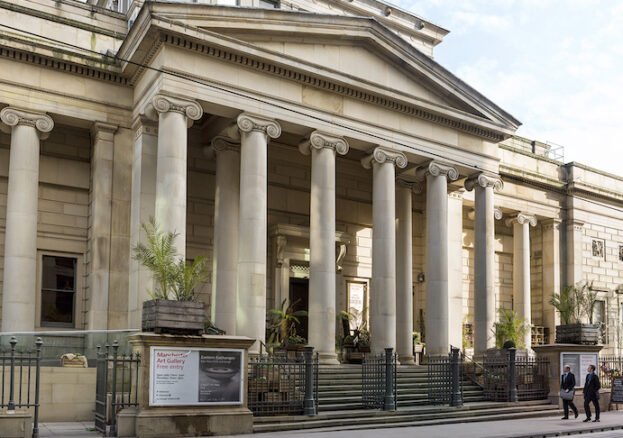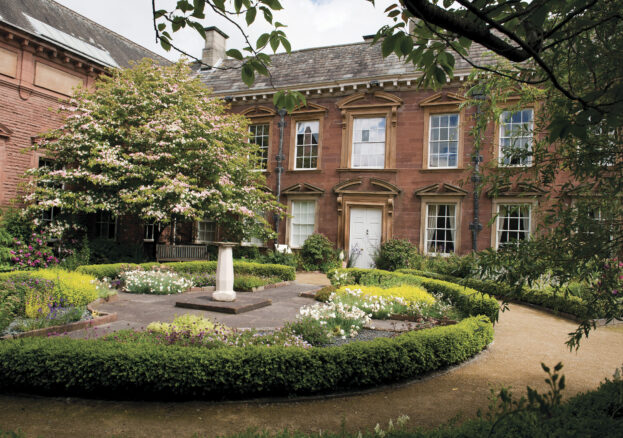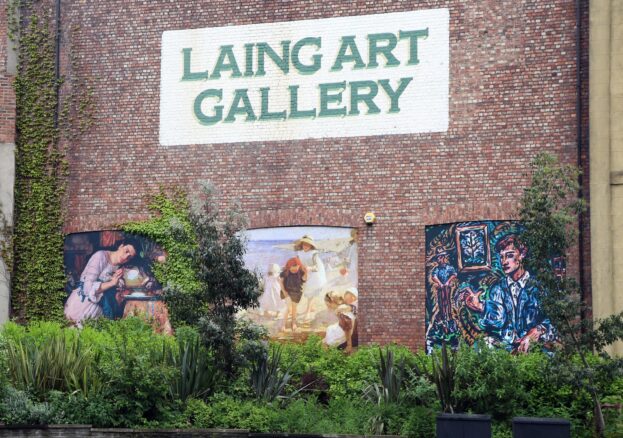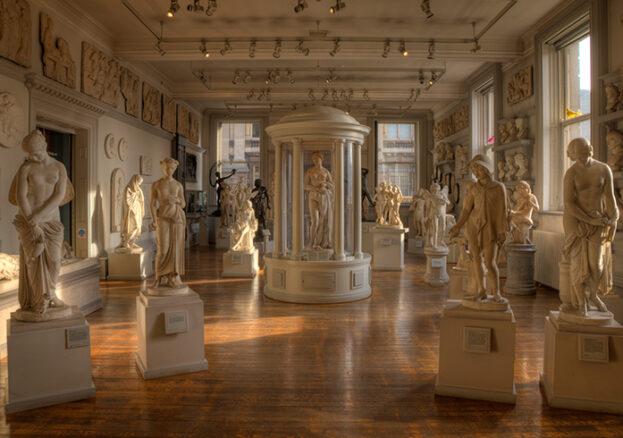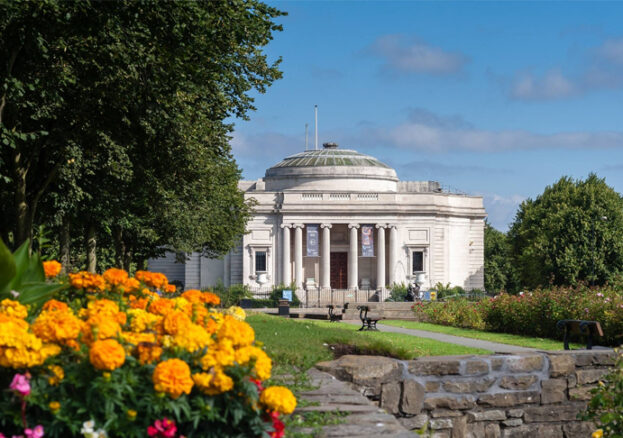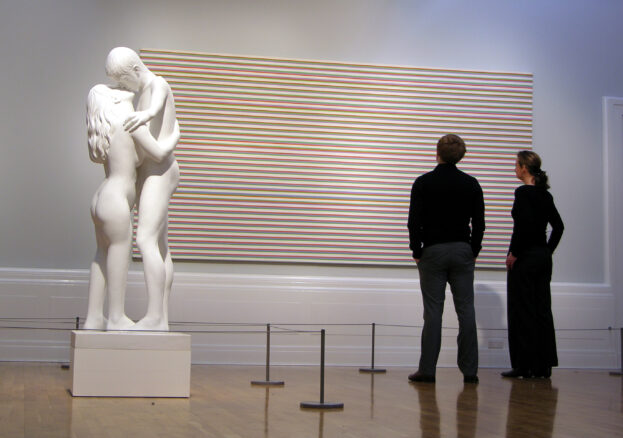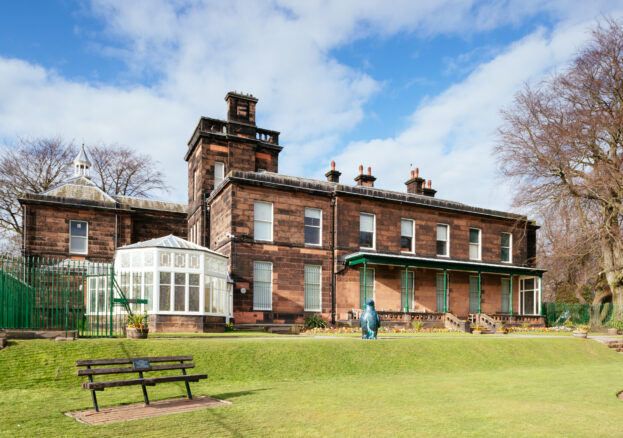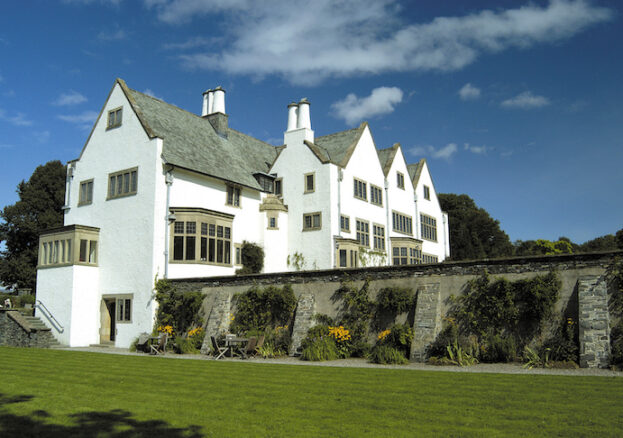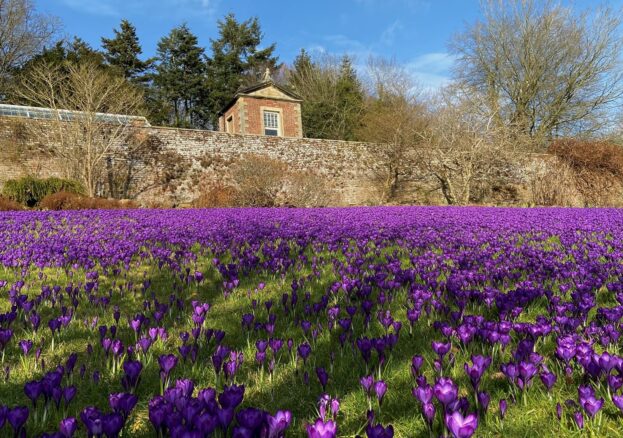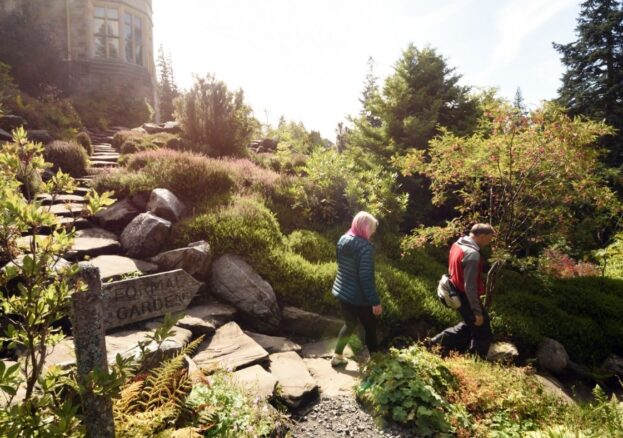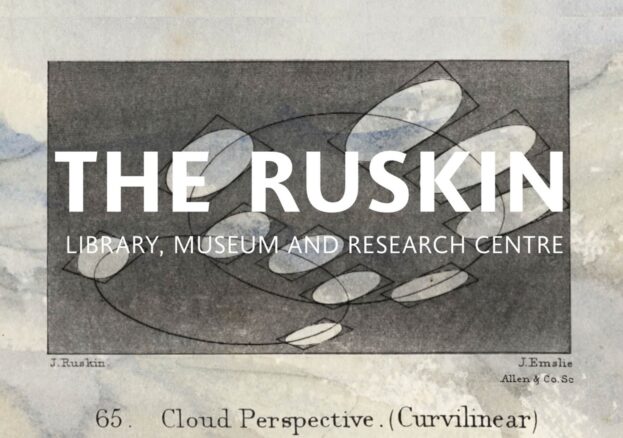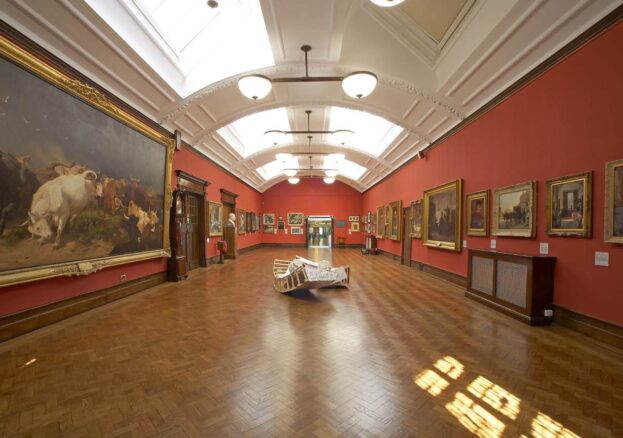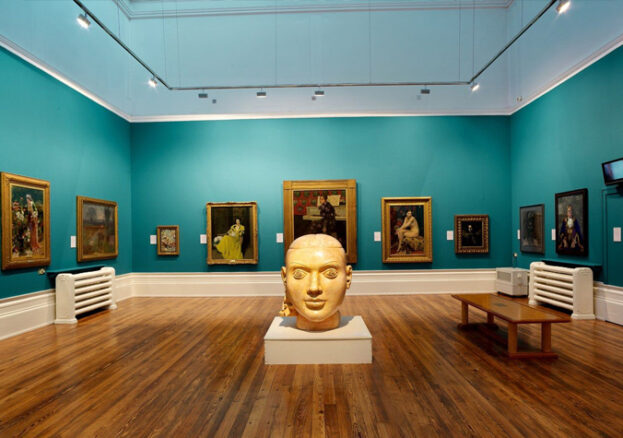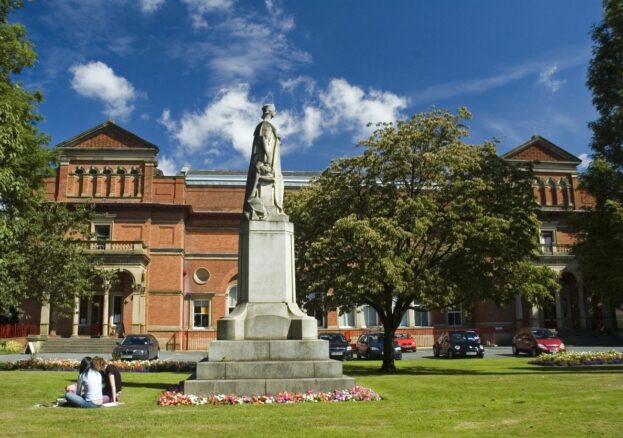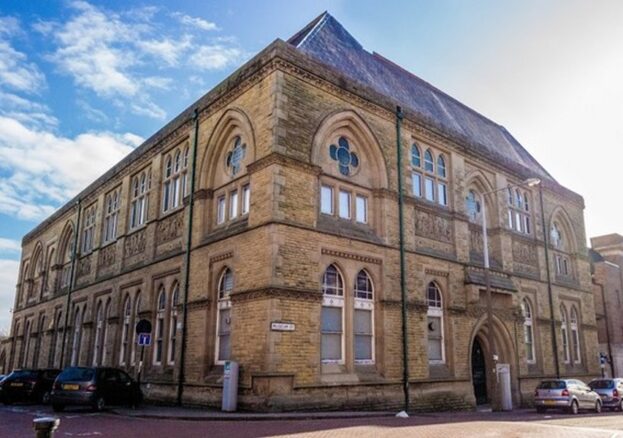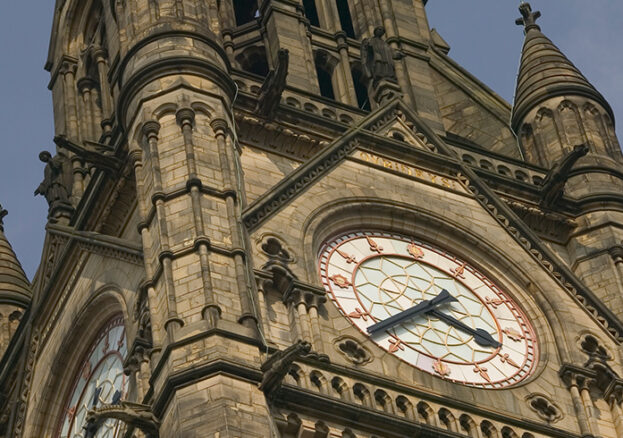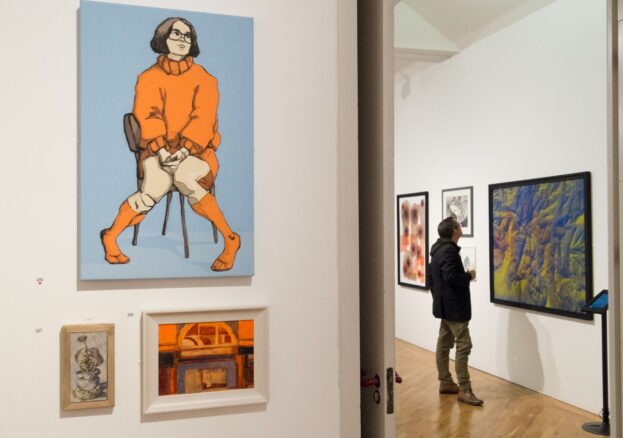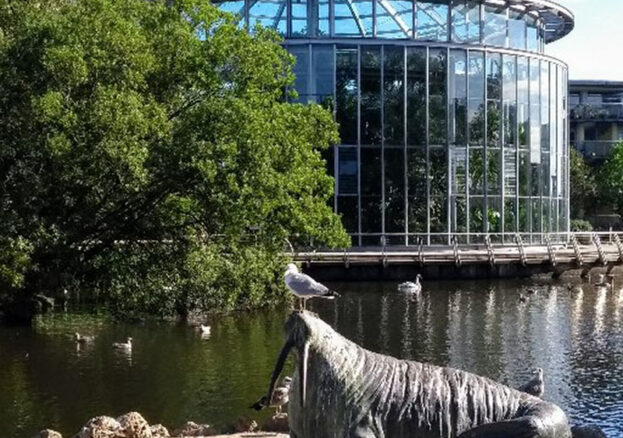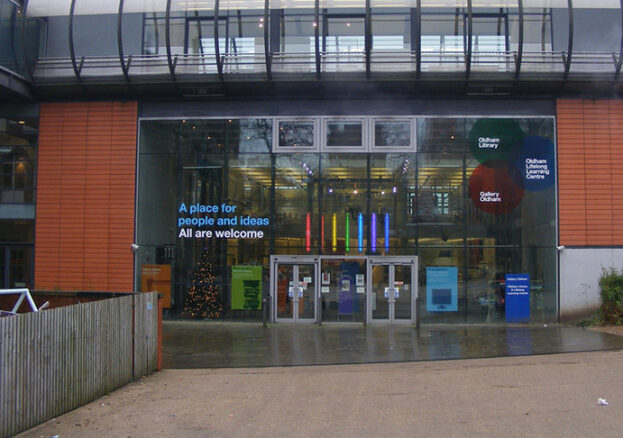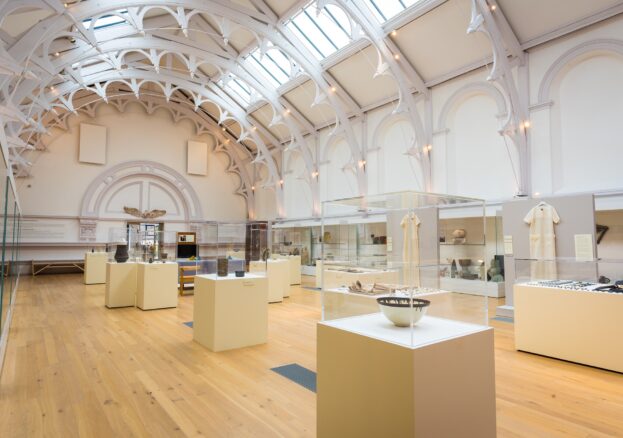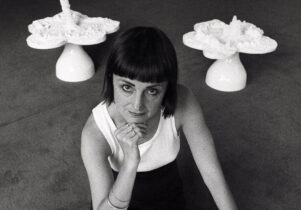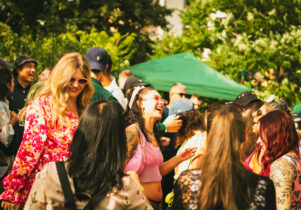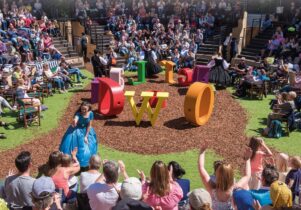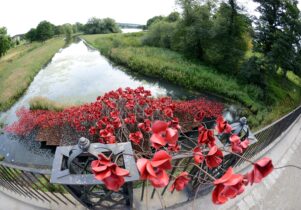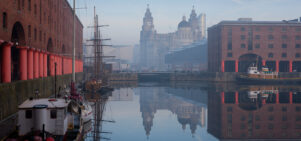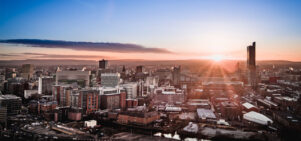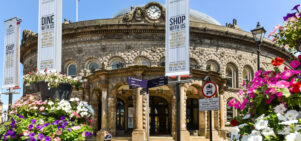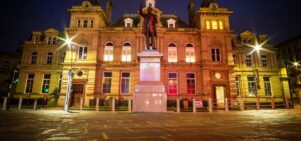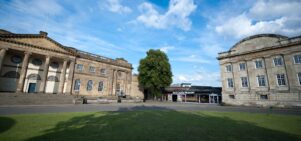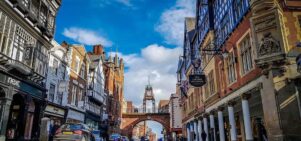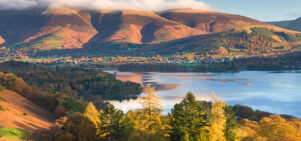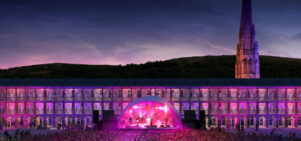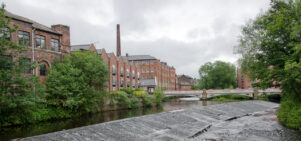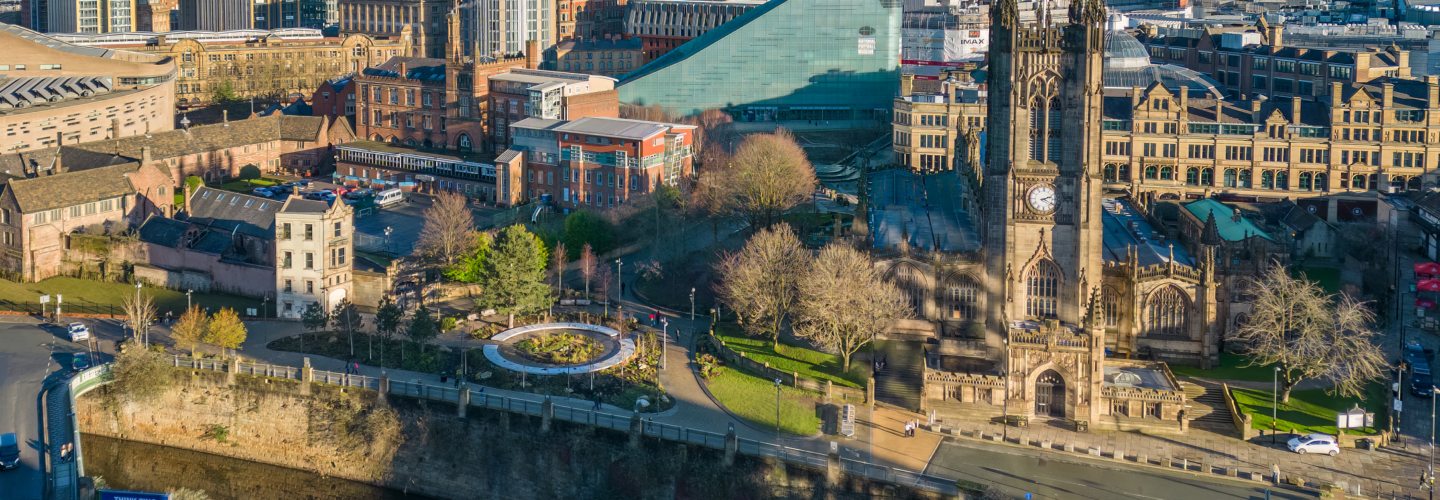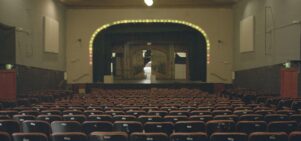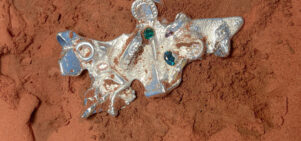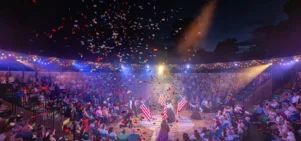Victorian and Pre-Raphaelite Collections in the North
Polly Checkland HardingBlessed with major works by leading Victorian and Pre-Raphaelite artists, Arts Council England Designated collections, and exquisitely-preserved interiors that date back to the 19th century, the North of England is one of the best places to appreciate the artistic preoccupations of the Victorian era. From the ‘salon’ hung paintings at Sunderland Museum and Winter Gardens, displayed in the tessellated style of the time, to the huge murals in the entrance hall at Wallington, created by Victorian artist and close Pre-Raphaelite associate William Bell Scott, the galleries and stately houses here are an impressive and varied showcase. Liverpool, the only regional city to have established its own Pre-Raphaelite school, is a destination for superb works from the period in its own right: alongside the outstanding collections at Sudley House and the Walker Art Gallery, is William Holman Hunt’s masterpiece The Scapegoat at Lady Lever Art Gallery.
Manchester and Salford are also an important hub, with an internationally-renowned selection of Pre-Raphaelite paintings among the Designated collection at Manchester Art Gallery, over 100 Victorian works on display at Salford Art Gallery, and 12 extraordinary murals by Ford Madox Brown decorating the walls at Manchester Town Hall. Equally, those willing to explore will find masterpieces amongst the formidable collections across the region, often the behests of wealthy northern industrialists, lawyers and philanthropists: Blackburn Museum and Art Gallery holds Frederick Lord Leighton’s much lauded Cherries, Mother and Child, regularly in demand for international loans, while Sheffield’s Graves Gallery is home to The Hours by Sir Edward Coley Burne-Jones, which took 12 years to complete.
Dedicated collections such as at the Panelled Room at Tullie House, which celebrates Pre-Raphaelite patron George Howard, and at The Ruskin Library in Lancaster, which houses the largest collection of era-defining critic John Ruskin’s works in the world, give an essential insight into the ideas and aesthetic ideals of the time. So, too, do the surviving Victorian interiors at Cragside House and Blackwell House, the latter of which was designed to follow the principles of the Arts and Crafts Movement. Read on to discover more about the extraordinary Victorian and Pre-Raphaelite assets at all of these cultural institutions – and others across the North.
